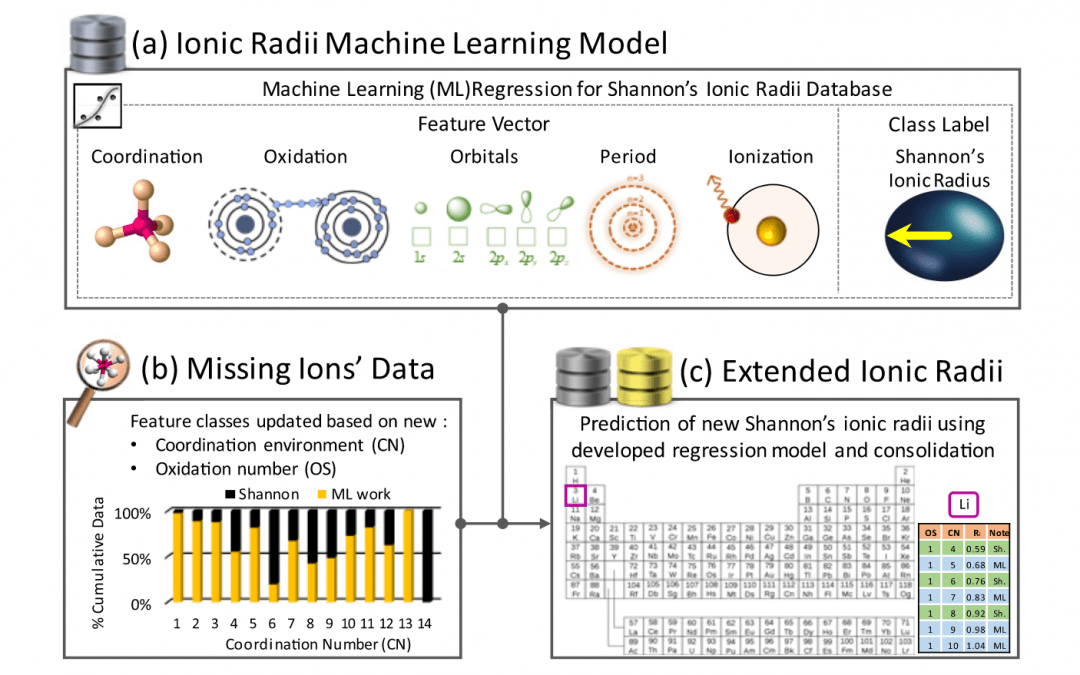Where and when: Thursday, July 8 at 2-3pm in 303S-561
Abstract
In computational material design, ionic radius is one of the most important physical parameters used to predict material properties. Motivated by the progress in computational materials science and material informatics, we extend the renowned Shannon’s table from 475 ions to 987 ions. Accordingly, a rigorous machine learning (ML) approach is employed to extend the ionic radii table using all possible combinations of oxidation states (OS) and coordination numbers (CN) available in crystallographic repositories. An ionic-radius regression model for Shannon’s database is developed as a function of the period number, the valence orbital configuration, OS, CN, and ionization potential. In the Gaussian process regression (GPR) model, the reached R^2 accuracy is 99% while the root mean square error of radii is 0.0332 Å. The optimized GPR model is then employed for predicting a new set of ionic radii for uncommon combinations of OS and CN extracted by harnessing crystal structures from materials project databases. The generated data are consolidated with the reputable Shannon’s data and are made available online in a database repository.
Get the paper here.
This paper has been proposed by Jason Tam.

